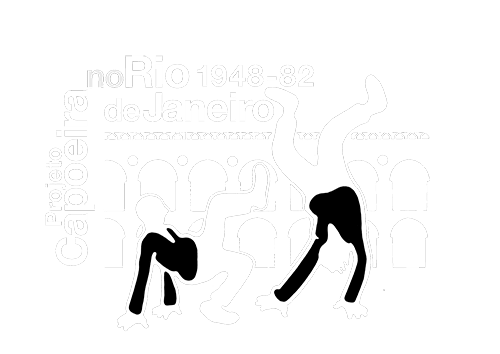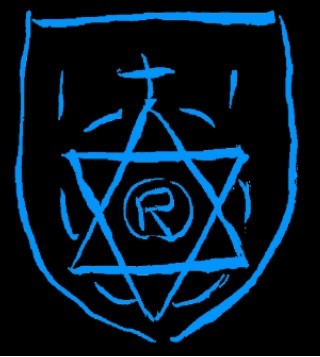By Matthias Röhrig Assunção.
The disbanding of the carioca gangs (maltas) at the beginning of the republican regime, in 1989-90, was followed by a period where no significant capoeira organisations existed in Rio de Janeiro. Capoeira had to reconfigure itself, and its modernised version first appeared in the space of the “academias” (capoeira training spaces).
If the mestres are the custodians of ancestral knowledge, and the roda is the place where capoeira takes place, the groups were and are responsible for the growth in the number of practitioners and their organisational framework.
Find out more!
about capoeira groups in Rio de Janeiro
Since the 1930s, at least, some pioneers like Jaime Ferreira and Sinhozinho offered capoeira training to their students in Rio de Janeiro. But capoeira was only one aspect of the martial arts they taught, fostering a process that would result in the emergence of mixed martial arts (vale-tudo). Capoeira, moreover, was practiced here in a way far removed from its Afro-Brazilian roots, without drums, traditional rituals or ” foundations” (fundamentos).
Thus, one cannot yet speak of capoeira groups for that period. I use the word “group” here in its broadest sense, as a group or association of people working toward a specific end. Beginning in the 1960s, the term “grupo” (group) became widespread in capoeira, with a very specific meaning, referring to an association, usually led by the oldest and founding mestre, with a pyramidal structure and almost always a centralised command.
1 M. Luiz Renato Vieira, Praticando Capoeira, II, No. 17, pp. 33 and conferred by the author, 09.3.2021.
Capoeira groups in Rio de Janeiro, 1974
My starting point was a survey André Lacé did in 1974 of groups in the city’s Northern Zone and a few in the distant suburbs (known as Baixada Fluminense). If we add to that list groups from the Southern Zone, Niterói and the Baixada, we can say that there were around 25 capoeira groups at that time, active in more than 40 training places.
One interesting aspect is that at that time there were already several núcleos that graduated students, who in turn created their own groups. It is important to make several caveats.
First, the genealogies of the groups — as, indeed, also that of the masters — are not as simple as digital chart hierarchies. They can only serve as a starting point for further analysis. Secondly, this scheme is still flawed, because we have not yet been able to identify well some groups. However, this provisional list already allows one observation: besides the four lineages identified by Master Levi, as being at the origin of the current groups, there is a set of smaller groups that were not necessarily affiliated to these four matrixes.
For this reason we ask for everyone’s collaboration to find out more about the existence of all these groups. Please contact us at capoeirahistory at gmail.com if you have more information.
I am grateful to Mestre Luiz Renato Vieira’s comments on an earlier version of this text.



